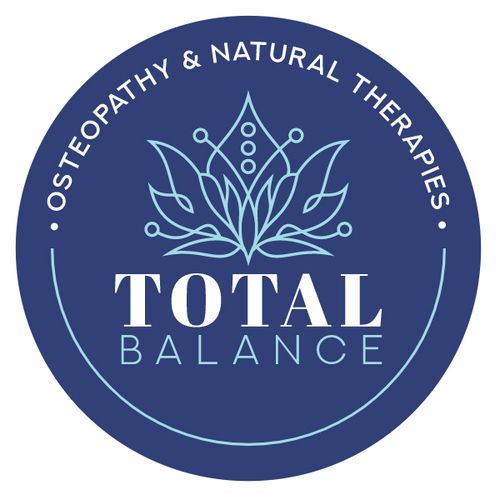
Anyone, regardless of age or gender, can suffer from back or neck pain, headaches, sporting injuries or joint stiffness. Pain brings discomfort, immobility and numbness. It prevents people from making progress with their life, and when it gets worse, it could lead to despair. Pain relievers work superficially and temporarily, unlike osteopathy which cuts the root of the pain.
By learning and applying evidence-based osteopathic techniques, you can make a positive change to other people’s lives and help them restore their agility and flexibility. This article takes you through the steps leading to the best education in the field of osteopathy.
What is Osteopathy?
Osteopathy is a holistic medicine that deals with the relationship between the structure of the body and the way it functions. It focuses on how the skeleton, joints, muscles, nerves, circulation, connective tissue and internal organs work as a whole. Osteopaths are trained to evaluate, diagnose and administer a wide range of hands-on techniques, and can identify dysfunction in your body.
These techniques include stretching and massage therapy to address pain and restore mobilisation of the joints and soft tissues. Osteopaths use other gentle manipulative techniques, if necessary, such as muscle energy techniques. These release contracted muscles by alternately stretching them against a resistive force.
What Conditions Can an Osteopath Help With?
People of all ages often seek the help of an osteopath for the treatment of headaches, neck and back pain, and other conditions resulting from injuries or internal problems, including:
- Mobility issues
- Sciatica
- Hamstring strain
- Menstrual pain
- Digestive issues
What Qualifications Do You Need to Become an Osteopath?
To qualify for an osteopathic job, you must have the qualifications provided by a nationally recognised course. Osteopathy is a five-year degree, which starts with a three-year Bachelor of Applied Science majoring in Osteopathy, followed by a two-year master's degree in osteopathic medicine. These programs consist of lectures and supervised hands-on training in a clinical setting.
At school, you will learn how to assess the different body systems and perform diagnostic, orthopedic and neurological testing to get to the bottom of a patient’s health problem.
What Subjects are Covered in an Osteopathic Course?
An osteopathy course delves into different aspects of science, including anatomy, physiology, pathology, general medical diagnosis and osteopathic techniques. Clinical placement is also provided for practical training to boost students' employability.
Where Can You Study Osteopathy?
Many universities in Australia claim to be experts in osteopathic studies, but not all of them speak the truth. When choosing where to earn your qualifications, find out whether or not your preferred institution excels in your chosen field of study.
It's also crucial to enrol in a school whose curriculum is nationally accredited and recognised by major osteopathic bodies. The reason you should be particular about this is that after graduation, you have to register with the Australian Health Practitioners Regulation Agency (AHPRA), the governing body of health practitioners. Only practitioners who meet the academic and ethical standards of AHPRA are eligible to register.
Osteopathy can massively improve the health and lives of many people, which leads to your personal fulfilment as an osteopath.
|
Do you have a natural health & wellness business? |









